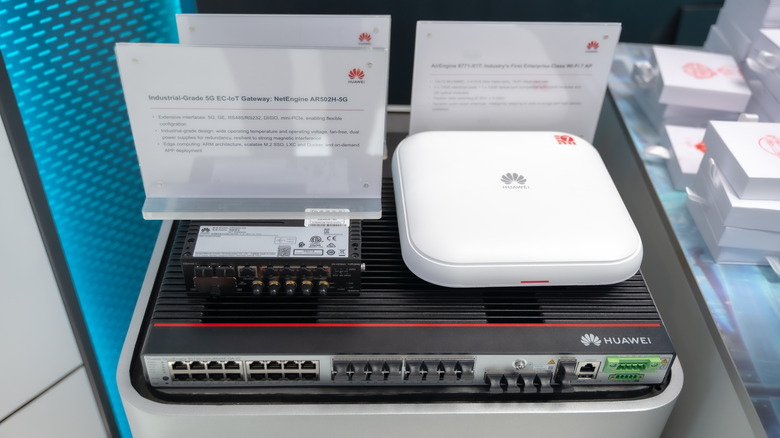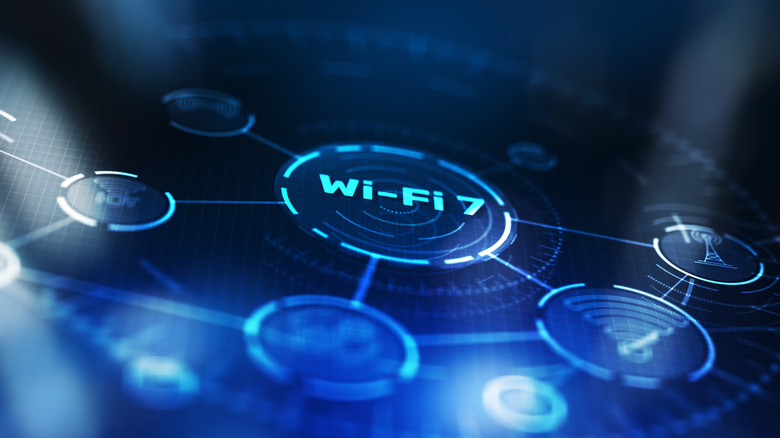What Is Wi-Fi 7 For And Is It Worth The Upgrade?
Wi-Fi 7 is designed to handle more devices, faster speeds, and less lag. It works across the 2.4GHz, 5GHz, and 6GHz bands and adds new tricks like Multi-Link Operation (MLO), which lets your device connect on more than one band at a time. This gives you smoother connections, even in a crowded network.
It's built for households and offices packed with devices: phones, laptops, smart TVs, cameras, and gaming consoles. The point is to avoid congestion and keep everything running without a hitch. Think of Wi-Fi 7 as less about peak download speed and more about keeping the whole system balanced and stable.
It also improves real-time applications like AR/VR, cloud computing, and video calls. MLO helps reduce latency by switching bands instantly when one gets too busy. Wider 320MHz channels (available on 6GHz) move more data at once, which is helpful when you've got a multi-gigabit internet plan or stream a lot of 4K/8K content. But keep in mind, you need Wi-Fi 7-compatible devices to use these features.
If your phone, laptop, or smart TV doesn't support it, you'll just be connecting the old-fashioned way. With a minor in Computer Science and years of experience setting up home and workplace networks, here are my two cents on whether you should jump the gun or sit on it when it comes to upgrading to Wi-Fi 7.
When it makes sense to upgrade
If you're switching to a multi-gigabit internet plan, Wi-Fi 7 is a smart match. Older routers bottleneck that speed, even if your ISP promises blazing-fast downloads. Wi-Fi 6E can keep up with gigabit speeds, but above that, it starts to fall behind, especially with lots of devices pulling data at the same time. The difference between Wi-Fi 6 and 7 is night and day.
Wi-Fi 7 can also be a smart move if your current setup is choking on too many connected devices. Smart homes are everywhere now: cameras, thermostats, voice assistants, doorbells, and lights. Each one adds load to your network. Wi-Fi 7 was built for this kind of high-density environment. You get more capacity, more efficiency, and fewer slowdowns.
And if you've already got Wi-Fi 7-capable gear (maybe a new laptop or Android phone), a matching router lets you unlock those features. Things like MLO and better signal management actually start working. Without a Wi-Fi 7 router, those features just sit there unused.
Lastly, if you're an early adopter and don't mind the price tag, go for it. Routers like the Asus RT-BE86U are fast, secure, and packed with features. Just know that the full benefit won't show up unless your whole ecosystem can match it. If you want to be future-ready, it's a solid, if pricey, step.
When should you wait
If you're still using a gigabit or slower internet plan, you won't see a meaningful difference. Wi-Fi 6 or 6E handles that speed just fine. Upgrading to Wi-Fi 7 in that case is like putting racing tires on a bicycle; expensive, and kind of pointless.
The same goes if you already have a decent Wi-Fi 6 or 6E router. Most devices still use those standards, and for now, they'll continue to work just as well. Very few laptops, phones, or smart TVs support Wi-Fi 7 today. If your devices can't use the new features, there's no benefit to rushing out and upgrading.
There's also the cost. Wi-Fi 7 routers are still expensive. The prices are way above the minimum amount you should spend on a router for a good internet connection. And because the 6 GHz band is still restricted in many regions, including parts of Europe, you might not even get the full bandwidth that Wi-Fi 7 promises.
Security compatibility is another issue. Older devices with outdated encryption might not even connect. Some Wi-Fi 7 routers drop support for WEP and even WPA on certain bands. If you've got legacy hardware (older printers, consoles, or IoT gear), you might need workarounds or end up replacing more than just the router.
So if your current setup works, your internet speed is average, and your gear isn't bleeding edge, hold off. Wi-Fi 7 will be better (and cheaper) when the rest of the ecosystem catches up. For the time being, here are some of the fastest Wi-Fi routers available today.


